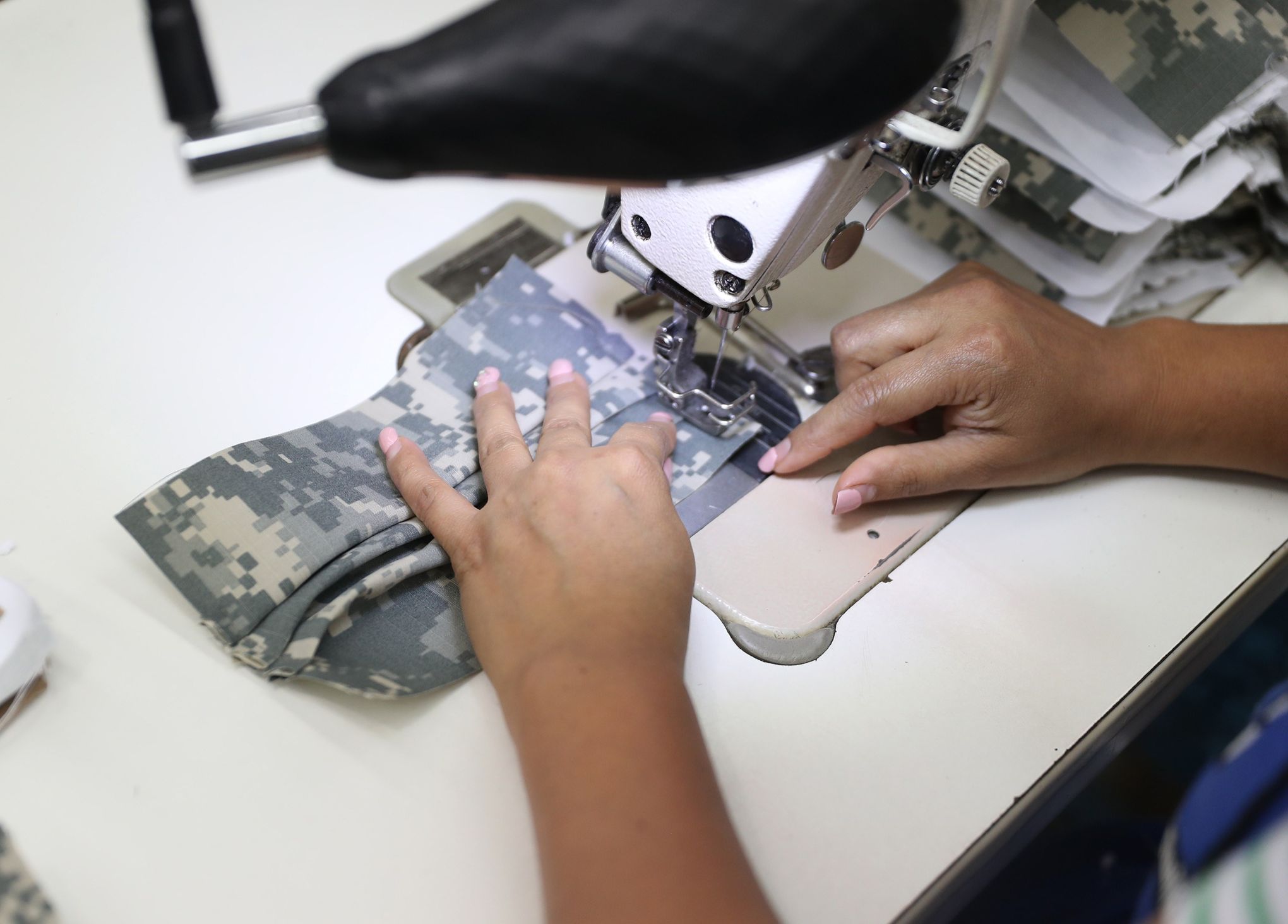During confinement and during the confinement exit phase, the wearing of a generalized protective mask, even handcrafted, is now recommended by the National Academy of Medicine to limit the spread of Covid-19, in particular by asymptomatic patients.
See also - How to wear your mask? Explanations in pictures
Read also: Distribution, free ... Protective masks for the general public in four questions
Le Figaro offers three tutorials to make your own mask, washable and reusable. The first, with seams, requires a minimum of knowledge to handle a thread and a needle. The second, recommended by the American CDC (Centers for Disease Control and Prevention) and particularly popular across the Atlantic, only requires sacrificing a T-shirt. The last, designed from a bandana, a coffee filter and a pair of elastic bands, is also popular, especially since the actor Matthew McConaughey showed how to make it in a video posted on YouTube three days ago.
Please note, wearing an alternative mask requires following a certain number of rules, such as washing your hands with a hydroalcoholic solution or with soap and water, before applying it (read below). And, of course, it does not in any way dispense with barrier gestures and social distancing, which it is essential to continue to respect.
FIVE QUESTIONS FOR EFFECTIVELY PROTECTING YOURSELF
By Soline Roy
Is it useful to wear a mask? Let's be clear: unlike the famous "FFP2" masks, reserved for caregivers in contact with patients, masks called "surgical" are not intended to protect the wearer. They are designed to filter the air exhaled by the wearer, thus blocking the droplets of saliva excreted when talking, coughing, sneezing, etc., which transport the viral particles. Wearing a mask, whether or not homemade, is however useful and all the more so since many people put it on. It is the principle of "I protect you, you protect me". And this is not reserved for infected people: we now know that we are contagious before the onset of symptoms, so we must not wait to be sick to equip ourselves. The mask nevertheless also protects the wearer a little, by limiting the possibility of carrying the hand, possibly contaminated, to the mouth, and by partially filtering the inspired air.
What about homemade masks? They do not meet any standard, but any filtration, even partial, of the excreted saliva droplets reduces the “opportunities” given to the virus to circulate. Any screen whatsoever will be better than nothing. In 2008, researchers who compared the effectiveness of various masks on other respiratory viruses even suggested that wearing a homemade mask could "reduce viral exposure enough (...), while allowing people to be sufficiently exposed to start building an effective immune response ”(if Covid-19 confers immunity, which is another matter…).
Which fabric to choose? Textile manufacturers have mobilized to assess the filtration capacity of various materials in the laboratory (see www.ifth.org). Overall, non-woven fabrics filter better than woven fabrics, tight wefts more than loose fabrics, and the more waterproof the fabric, the more it will filter. For the filters to be inserted between two layers of fabric (and to be thrown away at each use), the vacuum cleaner bags would have good filtration capacity; dust-proof wipes are also sometimes recommended, but be careful not to take those impregnated with cleaning product: it is not a question of poisoning yourself by breathing in toxins closely… A simple test to assess the degree of filtration of your mask: try to extinguish the flame of a candle by blowing on it. The more you pain, the more your mask is filtering. But the difficulty in breathing will also be more important ...
Read also: Four patterns of designer masks, for those who decided to make them at home
How should we wear it? The mask must cover the nose (and adhere to the bridge of the nose), the mouth, the chin and be properly pressed against the cheeks. Be careful not to touch it constantly. You must therefore put on your mask before going out, do not take it off in the street to put it back once in the supermarket, always grab it by its ties, and wash your hands thoroughly before putting it on, then before putting it on. remove and immediately after. The mask must be washed after each use: 30 min in the machine at 60 °, or in the oven at 70 ° (after having thrown away the filter!).
Does this dispense me from other barrier gestures? No! Imagine that the virus is a black and oily pitch, present in the environment and on your hands, and of which you would deposit traces on all the objects that you touch… Wash your hands regularly, keep your physical distance, cough in your elbow or in a disposable handkerchief and respecting confinement therefore remain essential.

